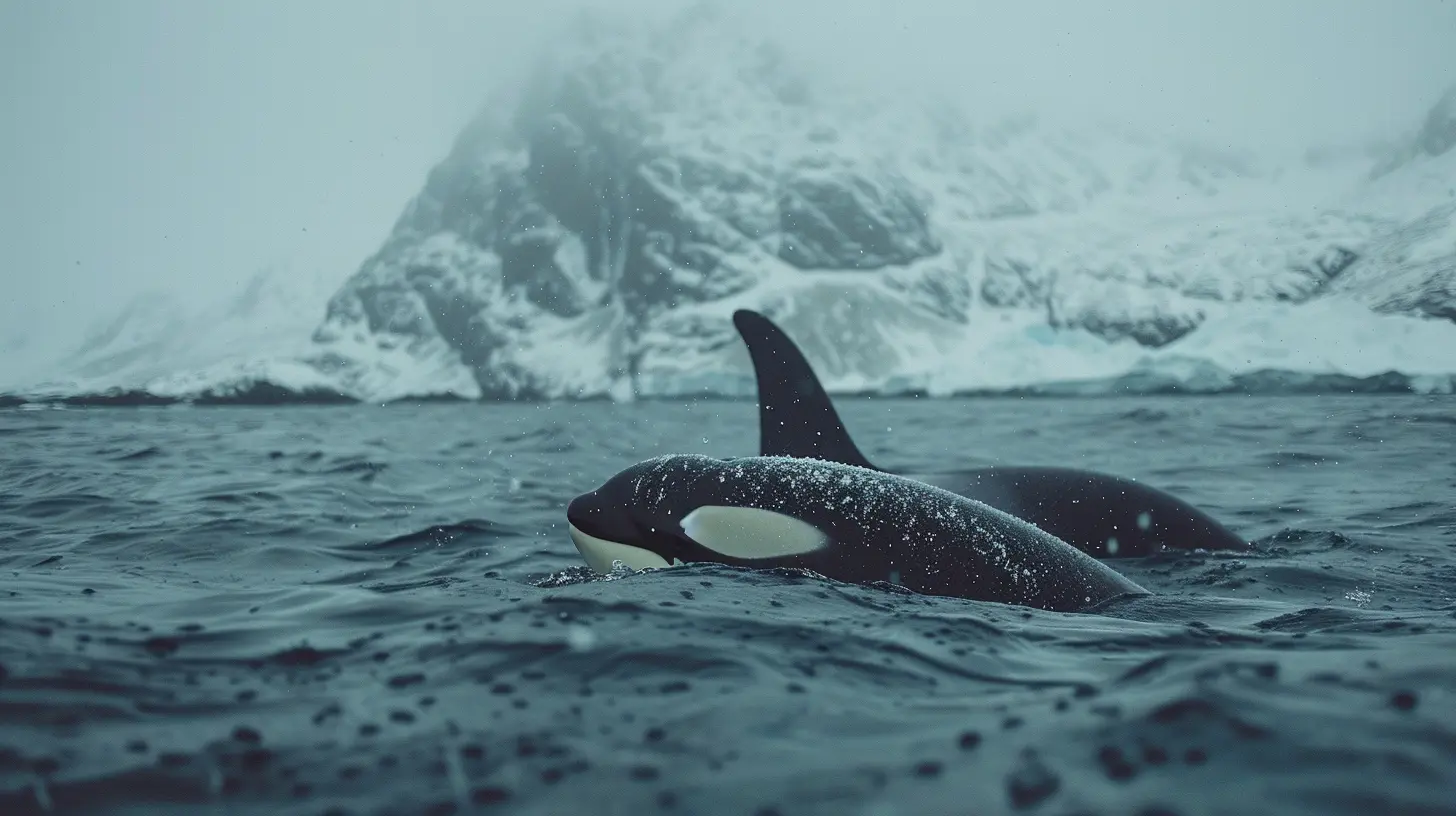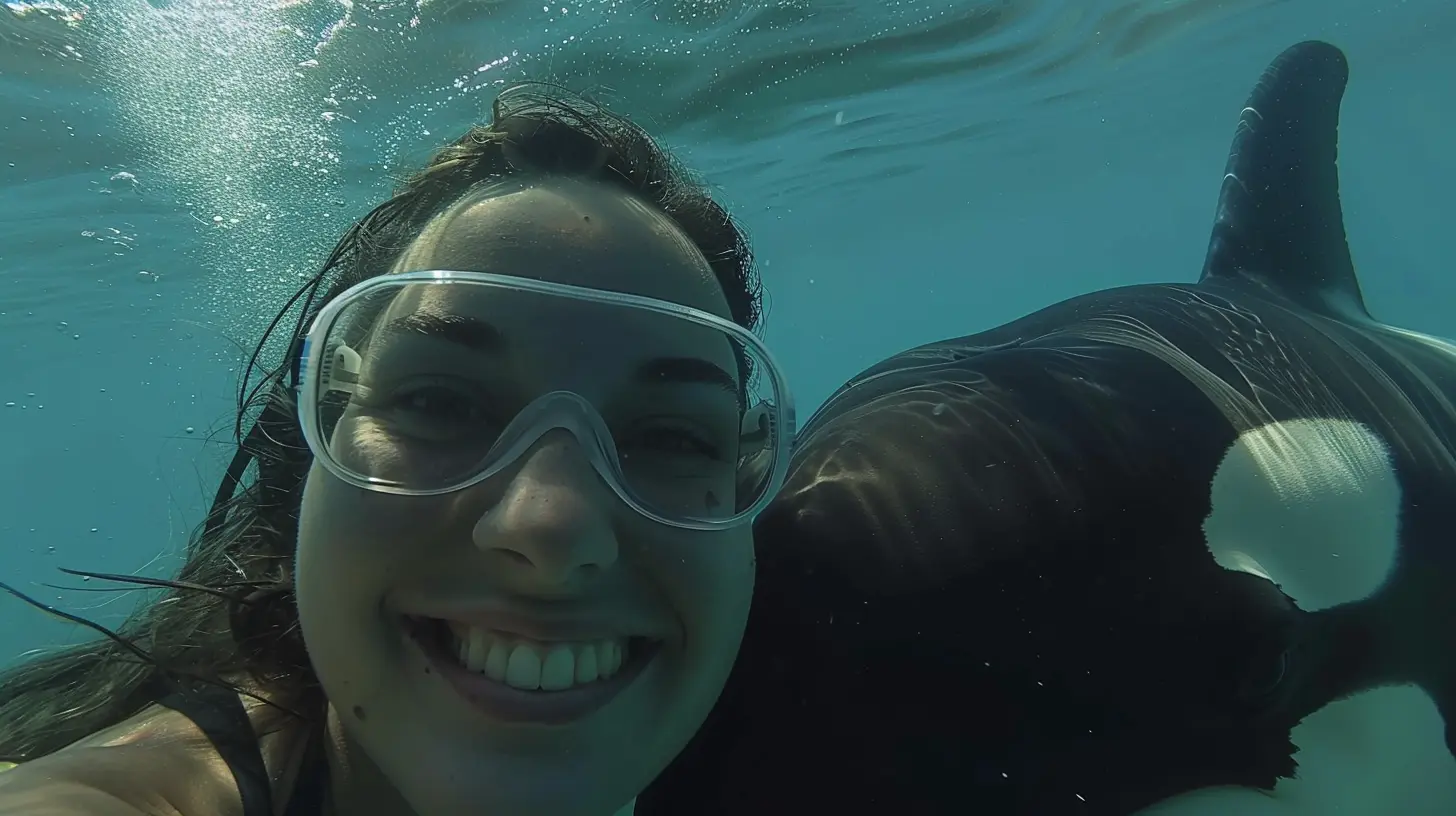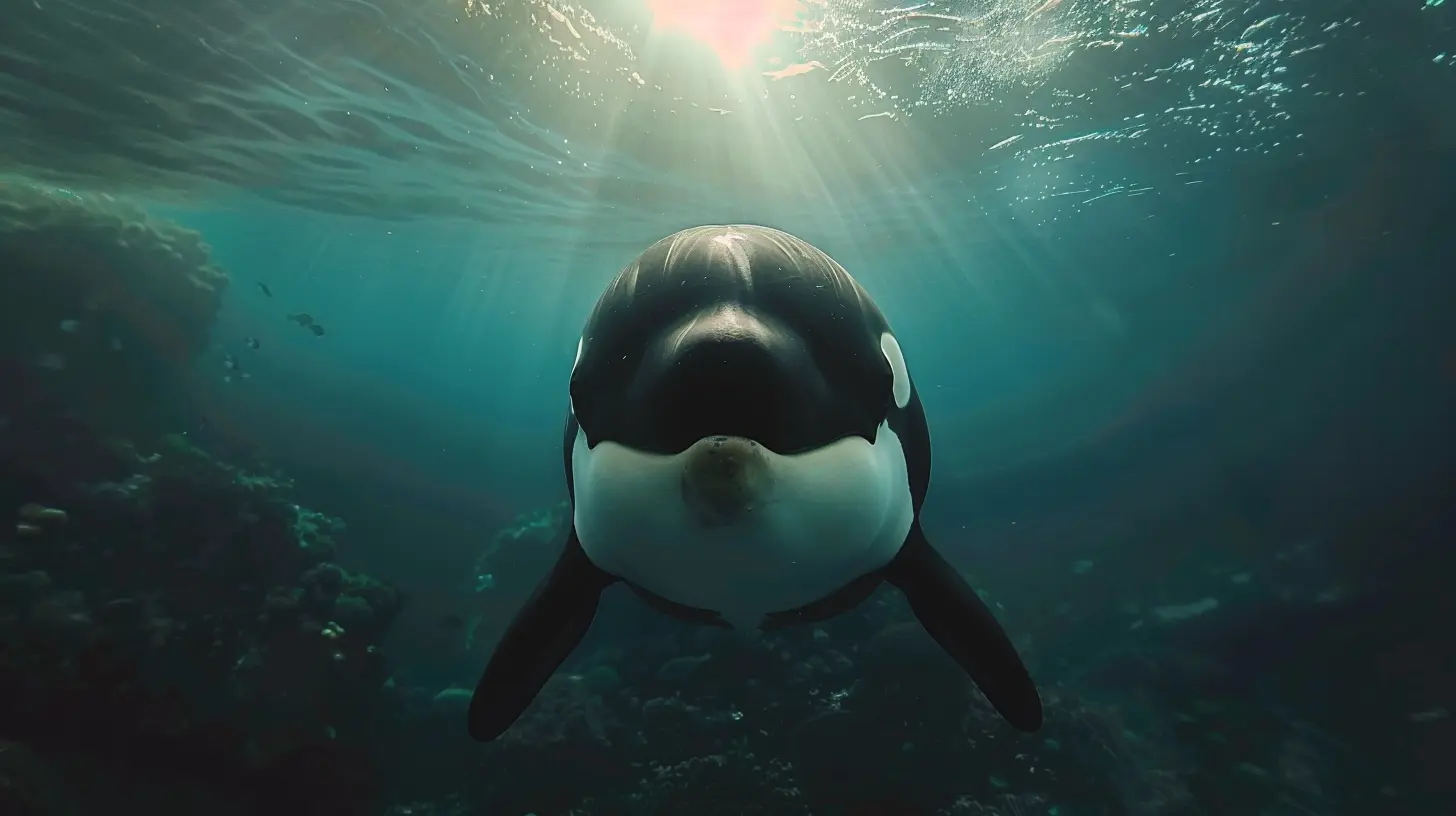Up Close with Orcas: Discover Ocean Predators in the Wild
10 November 2025
Ever dreamed of locking eyes with one of the ocean’s smartest and most powerful predators? Imagine being out on the open sea, the spray of salt water misting your face, and suddenly – whoosh – a massive black-and-white figure cuts through the water right beside your boat. That’s an orca. And yes, it’s every bit as thrilling as it sounds.
Going up close with orcas in the wild isn’t your average wildlife encounter. These apex predators, also known as killer whales, are at the top of the food chain and bring a whole new meaning to the phrase “wild adventure.” Not only are they intelligent and social creatures, but spotting them in their natural habitat is one of the most breathtaking experiences the ocean has to offer.
Let’s dive right in and uncover everything you need to know about meeting orcas out in the big blue – where to go, what to expect, and why this experience belongs at the top of your bucket list.
Who Are the Orcas, Really?
Let’s clear something up right away: killer whales aren’t actually whales. Mind-blowing, right? They’re the largest members of the dolphin family. Despite their slightly terrifying nickname, orcas aren’t out to get humans. In fact, there are no documented cases of wild orcas attacking people. In the ocean world, they're basically the wolves of the sea – fierce, coordinated, and smart hunters.What makes them truly fascinating isn’t just their size (males can grow up to 32 feet long) or their striking black-and-white coloring. It’s their intelligence. Orcas communicate using complex sounds, they teach their young to hunt, and even use tools (yes, tools!). Each pod has its own unique dialect, and they live in tight-knit family groups for life. Basically, they’re the Einstein of the oceans – with a touch of James Bond-level cool.
Why Seeing Orcas in the Wild Is a Life-Changer
Watching orcas perform tricks in aquariums is one thing (though it’s seriously not recommended – more on that later), but locking eyes with one in the wild? That’s a goosebumps-on-your-arm, heart-racing type of moment.Here’s what makes it unforgettable:
- Natural behavior – You see them hunt, communicate, and socialize just like nature intended. No tanks, no boundaries.
- Epic scenery – Orcas don’t hang out in boring places. Think towering snow-capped mountains, icy fjords, and endless ocean.
- Humbling scale – You realize just how small you are when a creature the size of a bus rises from the water beside you.
Best Places to See Orcas in the Wild
Orcas cruise the oceans in a few key places around the world. Each destination offers its own unique backdrop for an up-close encounter. Here's where to go and when to pack your bags:1. British Columbia, Canada
Want your orca-watching with a side of misty rainforest and rugged coastline? The waters around Vancouver Island are one of the best places on Earth to see orcas. The Southern Resident killer whales usually hang around from May to October._Top spot: Johnstone Strait_
This narrow channel funnels salmon (orca’s favorite snack) straight into their path, making it prime viewing territory.
2. Norway
Nowhere else does orca watching feel more like a polar expedition. Every winter (November to January), the fjords of Tromsø fill with herring – and where the herring go, orcas follow._Top spot: Tromsø Fjords_
You'll bundle up in a dry suit, hop in a RIB (rigid inflatable boat), and possibly even snorkel with orcas beneath the northern lights. Yes, it’s wild.
3. Iceland
Iceland’s cold, fish-rich waters are a hotspot for orca activity, particularly in the summer months. Think volcanoes, waterfalls, and giant dolphins._Top spot: Westfjords (Ólafsvík)_
Sightings peak from March to July, and you might also spot humpbacks, puffins, and more.
4. New Zealand
Down in the Southern Hemisphere, orcas can be seen all year, but especially from December to March._Top spot: Bay of Plenty or Kaikōura_
These waters are teeming with marine life, and orcas love it here – especially when stingrays are on the menu.
5. Washington State, USA
Seattle has coffee, rain, and… orcas! The San Juan Islands are home to pods of orcas that can often be spotted from the shore (yep, no boat needed)._Top spot: San Juan Island_
Summer months (May through September) are best for sightings.
What’s It Like on an Orca Tour?
Let’s set the scene. You board a small boat at dawn, the ocean calm like glass. The guide hands out binoculars, and everyone scans the horizon. Minutes pass. Then suddenly – a spout! A fin! A pod cruising along the surface. Your heart races, your camera fumbles, and time stands still.These tours aren’t thrill rides like jet-skiing or cage diving; they’re more like soul-stirring safaris. Guides are usually marine biologists or naturalists who share jaw-dropping facts and stories that bring the experience to life.
Some tours even involve hydrophones – underwater microphones that pick up the orcas’ clicks and whistles in real time. It’s like eavesdropping on a conversation in “whale.”
Swimming with Orcas: Is It Safe?
Let’s be honest, the idea of swimming with a 6-ton predator seems bonkers – and yet, people do it. In places like Norway and New Zealand, guided snorkeling excursions let you enter the water near orcas. These tours are strictly controlled and led by experts who understand orca behavior.Is it safe? Generally, yes – if you go with ethical, professional tour operators. Wild orcas are curious but not aggressive toward humans. Still, it’s not for the faint of heart. You’ll be in cold water, face-to-face with an apex predator. It’s intense, but it can be magical.
Ethical Considerations: Why Wild Is the Only Way
Let’s have a heart-to-heart for a second. Watching orcas in the wild is more than a thrill – it’s a respectful celebration of nature. But the sad truth is, not all orca experiences are created equal.Captive orcas, like those kept in marine parks, live in drastically unnatural conditions. Small tanks, isolation, and forced performances lead to stress and shortened lifespans. It’s like keeping a wild eagle in a hamster cage – it just isn’t right.
When you support responsible wild encounters, you're voting for conservation, education, and protection. Choose tour companies that:
- Follow distance and noise regulations
- Limit time spent near pods
- Prioritize education over entertainment
- Avoid feeding or interacting with wildlife unnecessarily
Orca Behavior: What You Might See
Spotting an orca is exciting, sure – but watching what they DO is the real show. Here are some behaviors to look out for:- Spyhopping – They pop their heads out of the water like a periscope to check things out.
- Breaching – Fully launching into the air. It’s dramatic and awe-inspiring.
- Tail slapping – Smacking the water with their tails – possibly for communication or stunning prey.
- Hunting in packs – Like wolves, orcas use smart strategies to hunt seals, fish, or even whales.
- Resting – Orcas sleep with one eye open (literally) and swim slowly in formation.
Each behavior tells a story about their complex social lives and sheer brainpower.
Tips for an Epic Orca Adventure
So you're ready to meet the oceans’ most charismatic carnivores? Here's how to make the most of your trip:- Dress for the elements – Layers, waterproofs, and gloves if you’re in colder regions.
- Bring binoculars – Zooming in makes a world of difference.
- Pack a camera with a good zoom – Point-and-shoots might not cut it here.
- Stay still and quiet – Let nature come to you. Orcas are easily disturbed.
- Respect the guidelines – They're there to protect both you and the whales.
Final Thoughts: Why Orcas Steal Hearts
Orcas aren't just predators – they’re performers, philosophers, and family types. Watching them glide through the ocean with their pods, communicating and hunting with precision, reminds us how intelligent and mysterious the natural world really is.Getting up close with orcas in the wild is more than a travel story – it’s a moment you’ll carry with you forever. It’s a reminder that our planet is full of wonders, and we’re lucky to share space with creatures like these. So whether you’re peering through binoculars from a chilly fjord or floating silently among them in open water, one thing’s for sure:
The day you meet an orca in the wild is the day you’ll fall in love with the sea all over again.
all images in this post were generated using AI tools
Category:
Wildlife EncountersAuthor:

Ian Powell
Discussion
rate this article
1 comments
Theodora King
What a fantastic read! Experiencing orcas in their natural habitat is truly a once-in-a-lifetime opportunity. Your insights capture the beauty and majesty of these incredible creatures. Thank you for inspiring us to explore and appreciate the wonders of marine life!
November 10, 2025 at 5:41 AM

Ian Powell
Thank you for your kind words! I'm glad you enjoyed the article and feel inspired to explore the beauty of marine life. Orcas truly are remarkable creatures!


